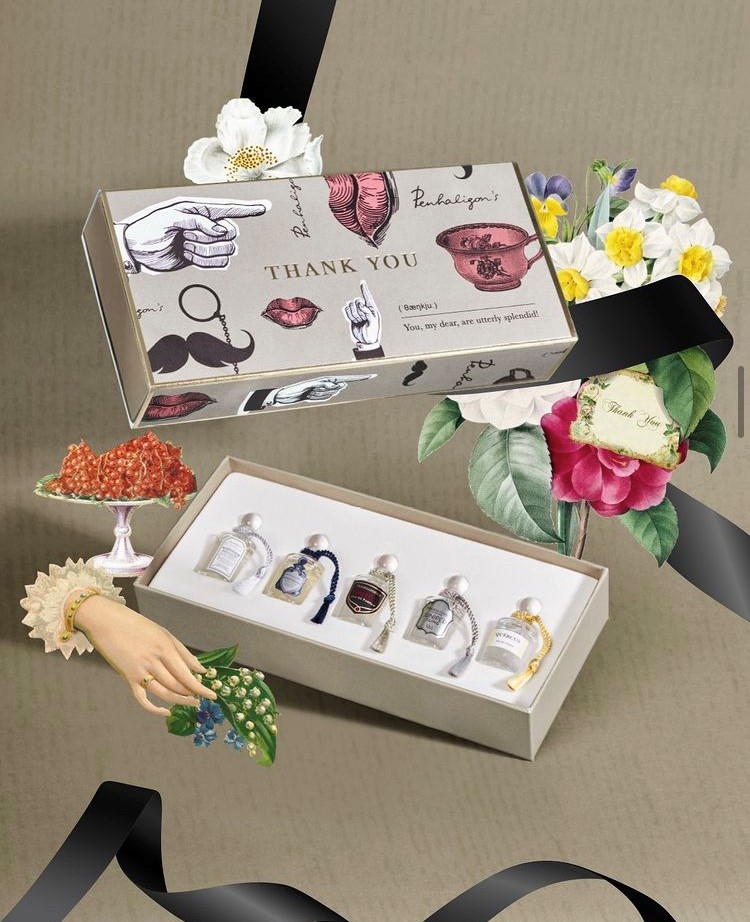Perfume is a luxury. And on days like Earth Day, when we audit the necessities and excesses of our lifestyle and their effects on the health of the planet, it can seem like luxuries are, by definition, out of sync with the natural world.
However, there are fragrance brands making steps to work within the bounds of nature. Some produce perfume using only plant-based materials. Others have spearheaded initiatives in favour of sustainable production and radical transparency.
Read on for a list of all-natural and sustainable brands, as well as a curated list of their scents we think you’ll love.
ALL NATURAL PERFUME BRANDS
ABEL
Abel is the ultimate intersection of art, ethics and natural science.
Following a failed search for a natural perfume that was chic, modern and long lasting, Abel was founded in Amsterdam by New Zealander Frances Shoemack with a simple goal – to create the world’s best natural perfume.
Abel is made of 100% natural ingredients. Rather than clouding your personality with a consistent intensity, the beauty of all natural ingredients is their evolution on your skin, working with the natural chemistry of your body to create a unique scent.
Abel believes in the power and beauty of scent, and its ability to enrich daily life in a way nothing else can. Their scents prove that indulgence doesn’t need to have a negative impact on the earth, its inhabitants, or you.
HIRAM GREEN
Since 2013, Canadian-born perfumer Hiram Green creates handcrafted fragrances made exclusively from natural materials.
All fragrances are developed and produced in small batches by Hiram in his perfume studio in Gouda, The Netherlands. He believes that natural fragrances need not be instantly recognizable as natural, or have less intensity or silllage than traditional perfumes.
His vibrant compositions have been praised by perfume experts and enthusiasts alike. Each Hiram Green scent is proof that polished, world-class perfume can be made solely from natural ingredients.
SUSTAINABLE INITIATIVES
HERMETICA
Hermetica is a collection of molecular fragrances inspired by the ancient practice of alchemy. Hermetica founders John and Clara Molloy created the brand on a foundation of sustainable manufacturing and ingredient transparency. Their bottles are made from recycled glass, and their boxes are made from biodegradable, recycled paper and zero plastic.
In addition, Hermetica has partenered with Planète Urgence, the French environmental non-profit organization, to finance the planting of more than 5,000 trees in Madagascar and Indonesia. With every purchase, you will be supporting reforestation programs in the region.
Hermetica uses a blend of natural and molecular ingredients, and features a unique raw material index on their website which catalogs every ingredient in their formulations (a rarity in perfume).
MAISON CRIVELLI
Maison Crivelli is a new French perfume house practicing a philosophy of slow perfume. Their scents showcase classic ingredients in surprising new blends, resulting in groundbreaking new synaesthetic scent experiences.
Their fragrances are bottled in eco-responsible packaging, with an eye to reduce waste. They use 100% cardboard boxes without plastic, hand crafted and created from artistic FSC Italian paper, and wrap them in biodegradable cellophane which is produced from wood.
Their founder Thibaud Crivelli’s long experience with sourcing natural raw materials led him to support the Cœur de Forêt (Heart of the Forest) association, which supports the sustainable farming of patchouli in Indonesia. For every purchase of 3 bottles, Maison Crivelli finances the planting of one sustainable patchouli cutting.
GOLDFIELD & BANKS
Goldfield & Banks is the first luxury perfume house in Australia. It was founded to represent the majestic, varied landscapes the country is known for, as well as showcase the indispensable natural raw materials they produce, such as sandalwood, buddha wood, boronia, blue cypress, wattle (mimosa), and even oud.
Working closely with Australian farmers, they prize traceability and quality in their materials. Their fragrances and ingredients are cruelty free and child labor free. Their bottles feature wooden caps made of repurposed driftwood, and are packaged in FSC paper boxes with biodegradable cellophane.
NATURE-CONSCIOUS SCENTS TO TRY
Fresh: Tauer – Cologne du Maghreb (all-natural fragrance)
Green: Heeley – Vetiver Veritas (all-natural fragrance)
Citrus: Maison Crivelli – Citrus Batikanga (eco-conscious brand)
Classic Floral: Hiram Green – Moon Bloom (all-natural brand)
Modern Floral: Hermetica – Peonypop (eco-conscious brand)
Fresh Woody: Abel – Green Cedar (all-natural brand)
Rich Woody: Goldfield & Banks – Silky Woods (eco-conscious brand)
Musky: Abel – Cyan Nori (all-natural brand)
Sweet: Hiram Green – Slow Dive (all-natural brand)




